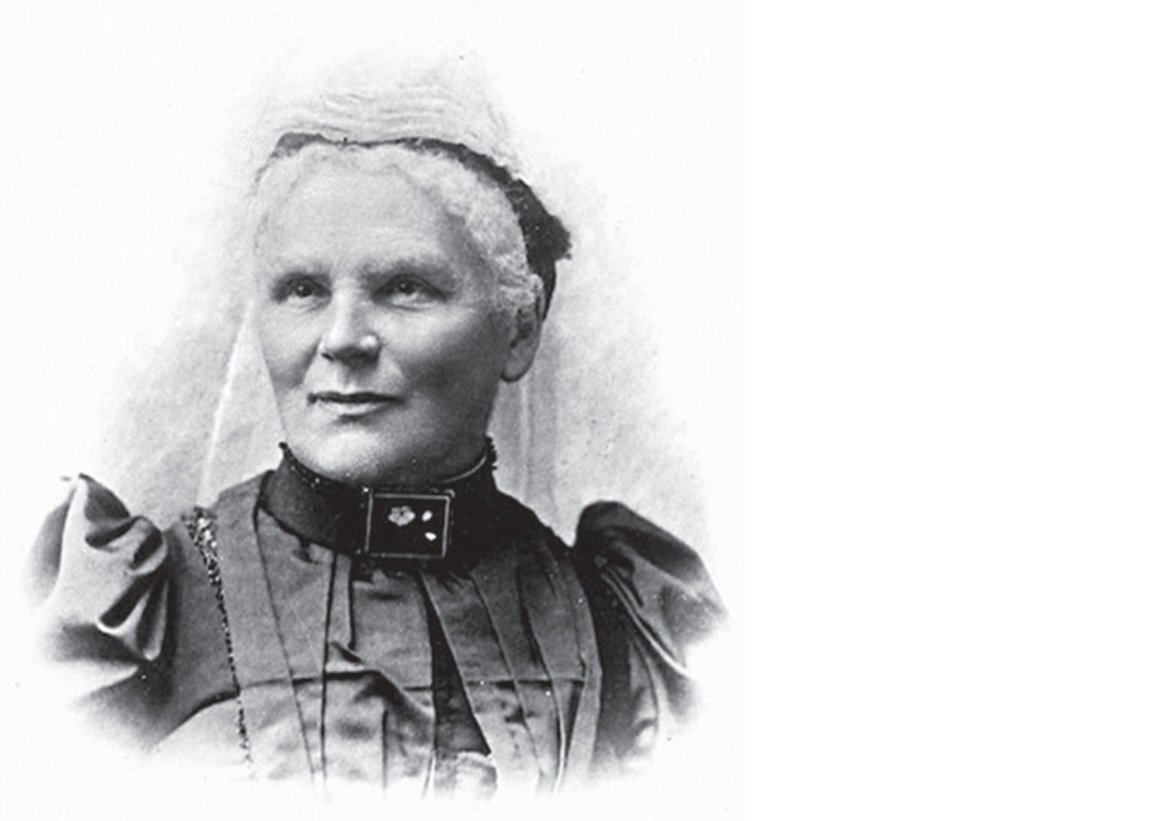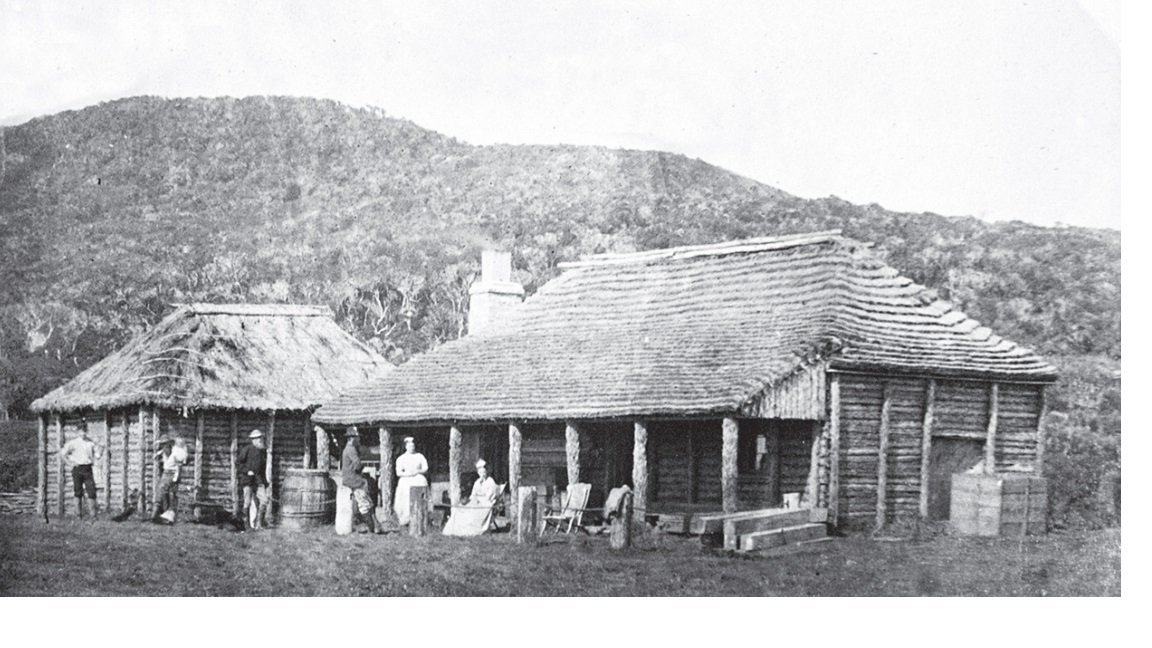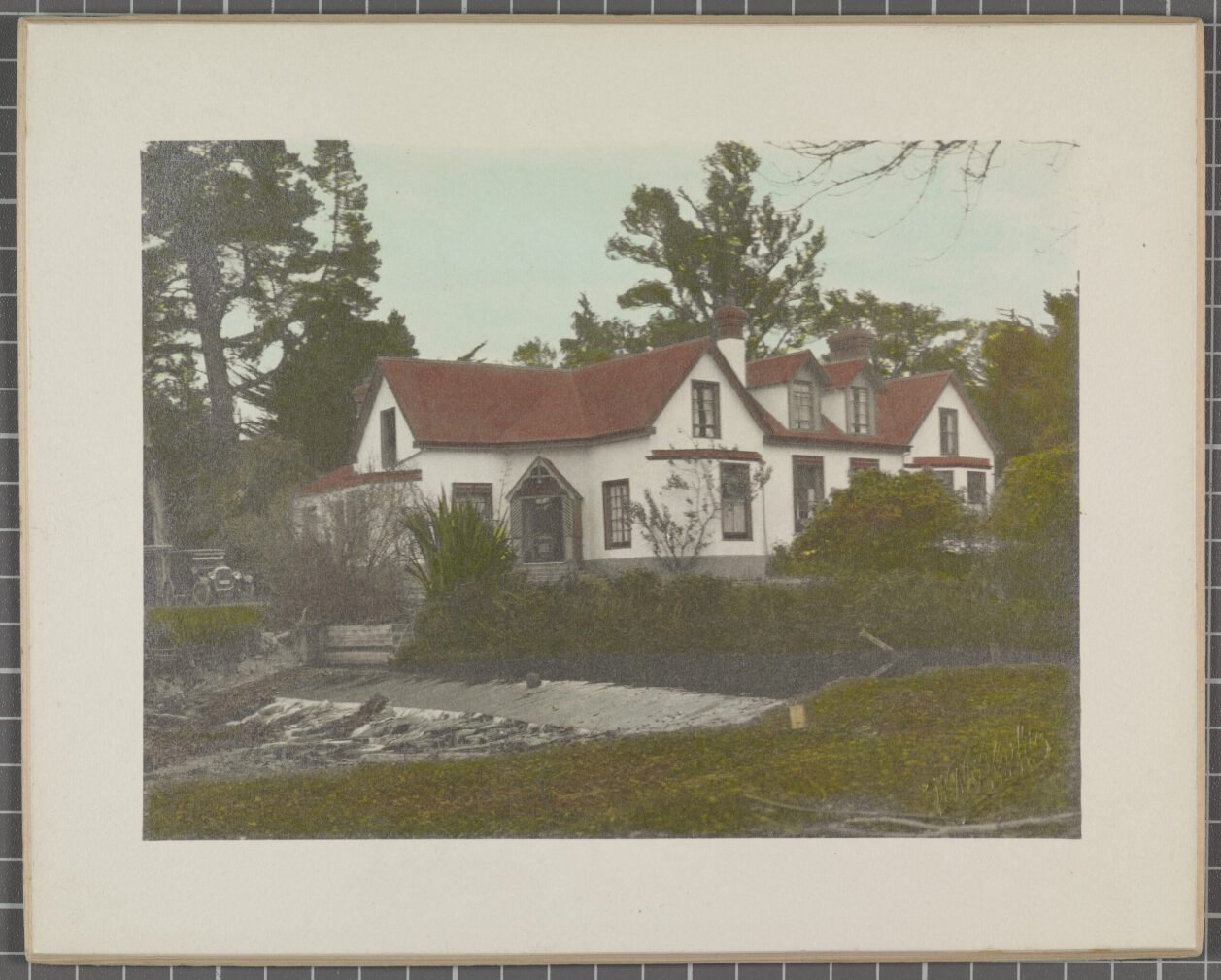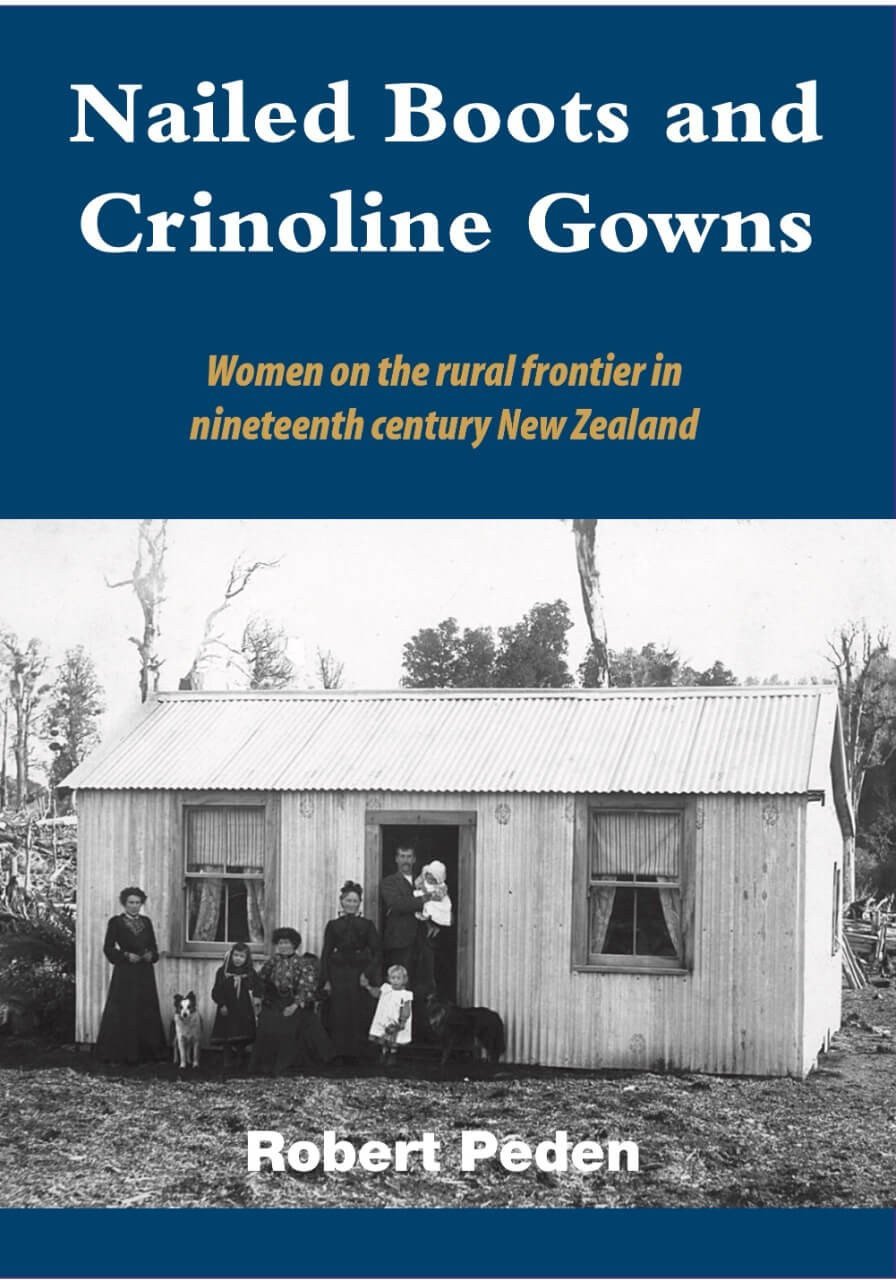
Female servants were usually girls or young women, Robert Peden writes in Nailed Boots and Crinoline Gowns, and could be very young indeed. He gives the example of Mary Loader, who was employed as a nursemaid when she was 13 years old by Frances Caverhill, who farmed with her husband at Motunau and Hawkswood, in Canterbury. Two other girls, Mary Fergusson and Louisa Downing, were both 12 when Caverhill employed them as nursemaids. For many young women, work as a servant was often a fill-in job until they married, and many met their future husbands who worked on the same properties — which meant their employers were constantly on the look out.
Frances Caverhill’s problems with hiring and maintaining female servants were universal in 19th-century rural districts. Jobs were plentiful, so women could pick and choose where they worked, and if a job did not work out it was easy to find another. Consequently, these girls and young women were anything but submissive and were often ready to speak their minds. Caverhill had many run-ins with servants. On one occasion a servant, Janet, refused to boil down the essence of beef. She said she would rather leave and "was very saucy". Frances told her she could leave that day if she liked and did the job herself. Janet left the next day before any of the family was up.

With such a turnover of staff, Catherine Fulton was a regular visitor to the immigration barracks in Dunedin where she hoped to find suitable servants, but often there were none available. She was fortunate that Ravenscliffe was in a district where there were many small farms and she was able to employ local women and girls when no permanent servants were available. By the middle of 1873 Catherine Fulton settled on employing a local woman to do the weekly washing rather than putting up with the uncertainty of unreliable servant girls.
The McRae family, at the Glens of Tekoa Station in the Amuri district, employed at least 60 women over a 20-year-period, from 1 January 1879 to 22 January 1899. The length of their employment varied considerably; the shortest stay was two weeks, the longest was four years, two months and three weeks. This was a lower turnover of staff than Catherine Fulton had at Ravenscliffe and probably reflects the situation of the Glens of Tekoa, which was an isolated run, and more difficult to leave. Ravenscliffe on the other hand had easy access to public transport and was only a short distance from Dunedin. At the Glens of Tekoa, wages for servant women varied according to their age, experience and the position they held. Alice Clayton, a young girl with little experience, received the lowest pay rate at £15 12s a year; Alice lasted just over 13 weeks in the job.

"Every moment [is] taken up with household work ... Murphy lights fires and sweeps out the rooms in the mornings. I wash and dress the baby before breakfast which we have as near 7.30 as possible. Hoel does the dairy before breakfast. Monday he stays at home to help me with the heavy washing and lifting the pots off and on. Tuesdays [sic] churning I can manage by myself, thanks to the ‘Atmospheric Churn’! Wednesday’s ironing is much lightened now we have got the mangle into working order. Murphy helps me clean the windows on Thursday and scrub out two rooms. Friday he scrubs out the other two and I do such work as making cakes etc whatever there is no time for at the beginning of the week. Saturday is taken up with preparing so as to have as little work as possible to do on Sunday."
Help arrived in early March 1873 in the shape of Harriet returning with her new husband; they came as a married couple for six months, with her husband to cook for the men and Harriet to do the washing. However, Harriet had become emboldened by being a married woman and it did not go well. Pattisson reported that on 6 April they did a very heavy wash together and Harriet got very tired. Three weeks later Pattisson noted that Harriet was very rude to her for the fourth time. Two days later Harriet lost her temper again and kept to her room after the ironing was done. Four days later the young couple left Wharekauri; Pattisson did not say which party prompted this action.

The book
- Nailed Boots and Crinoline Gowns: Women on the rural frontier in nineteenth century New Zealand, by Robert Peden, is published by Fraser Books.











